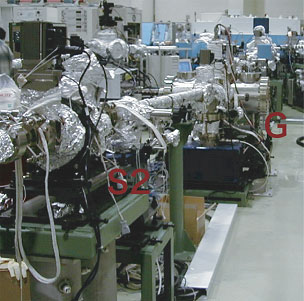Bl14
Four non-acidic primary metabolites of N-(5-pyrrolidinopent-3-ynyl)succinimide (BL 14) were identified and quantified using g.l.c. and mass spectrometry. The metabolites are alpha-hydroxy-N-(5-pyrrolidinopent-3-ynyl)succinimide (A), N-(5-(2-oxopyrrolidino)-pent-3-ynyl)succinimide (B), N-(2-hydroxy-5-pyrrolidinopent-3-ynyl)succinimide (C) and N-(5-pyrrolidinopent-3-ynyl)succinimide N-oxide (E), the latter analysed after reduction to the parent amine. In rat liver preparations, all metabolites are formed by microsomal, NADPH-dependent enzyme systems, but with different characteristics. The response to inhibitors such as CO and SKF 525A indicates participation of cytochrome P-450 enzymes in the formation of all metabolites. Phenobarbital pretreatment markedly enhances propynylic hydroxylation (C) but has little or no effect on the other metabolic pathways. Succinimide hydroxylation (A) exhibits a pH optimum at 7.0, while the formation of metabolism B and C increases at pH values between 6.4 and 7.7. Kinetic studies on the formation of metabolites A-C revealed differences in the Michaelis constant, while the Vmax values were similar. Succinimide hydroxylation (A) is most efficient with a Km of 3.7 X 10(-5) M, compared with a Km of 1.7 X 10(-3) M for propynylic hydroxylation (C).








No comments:
Post a Comment